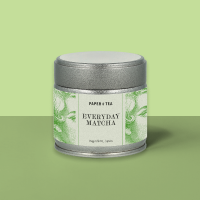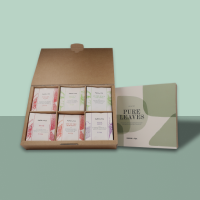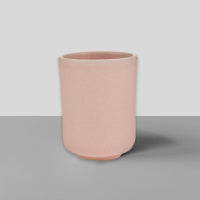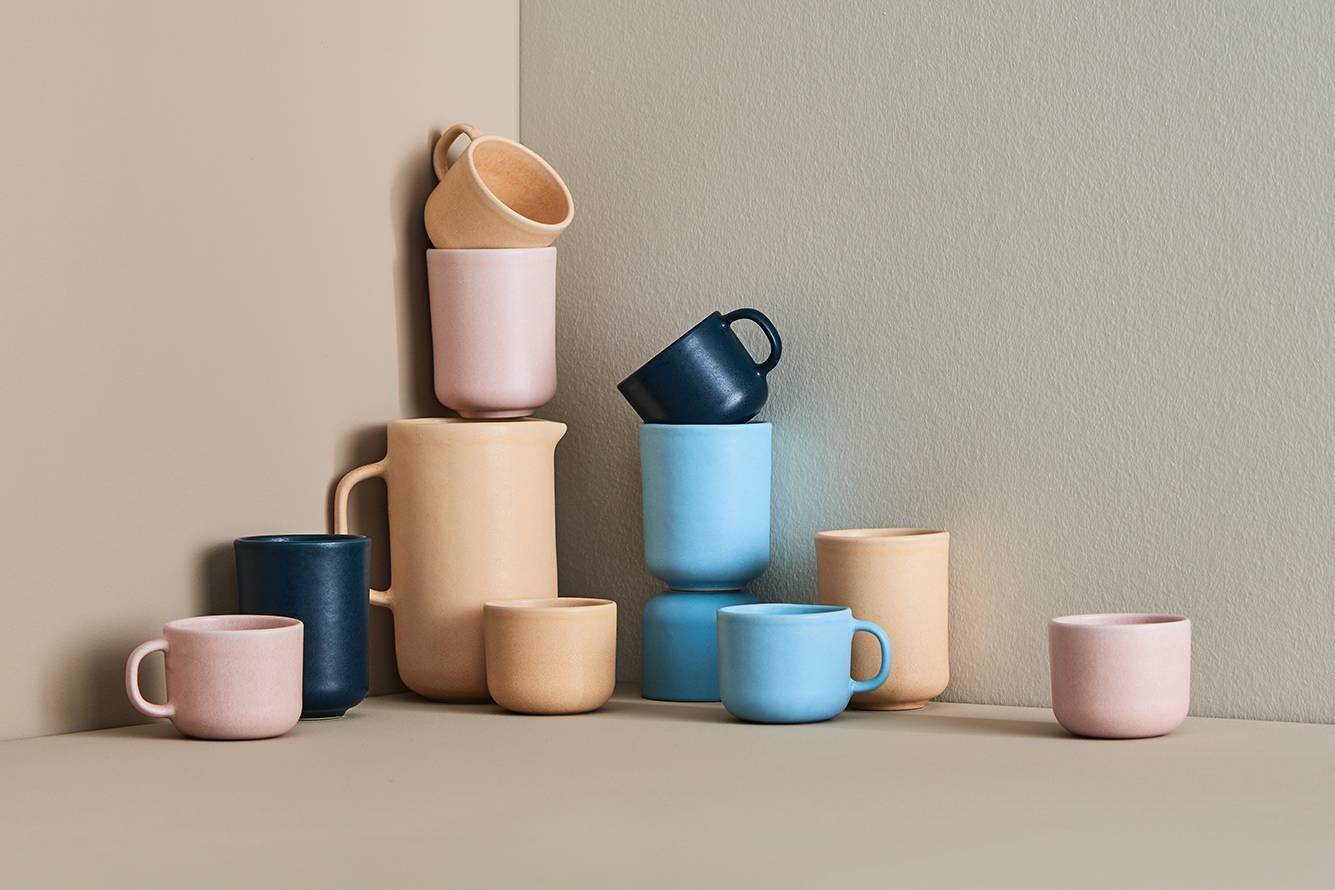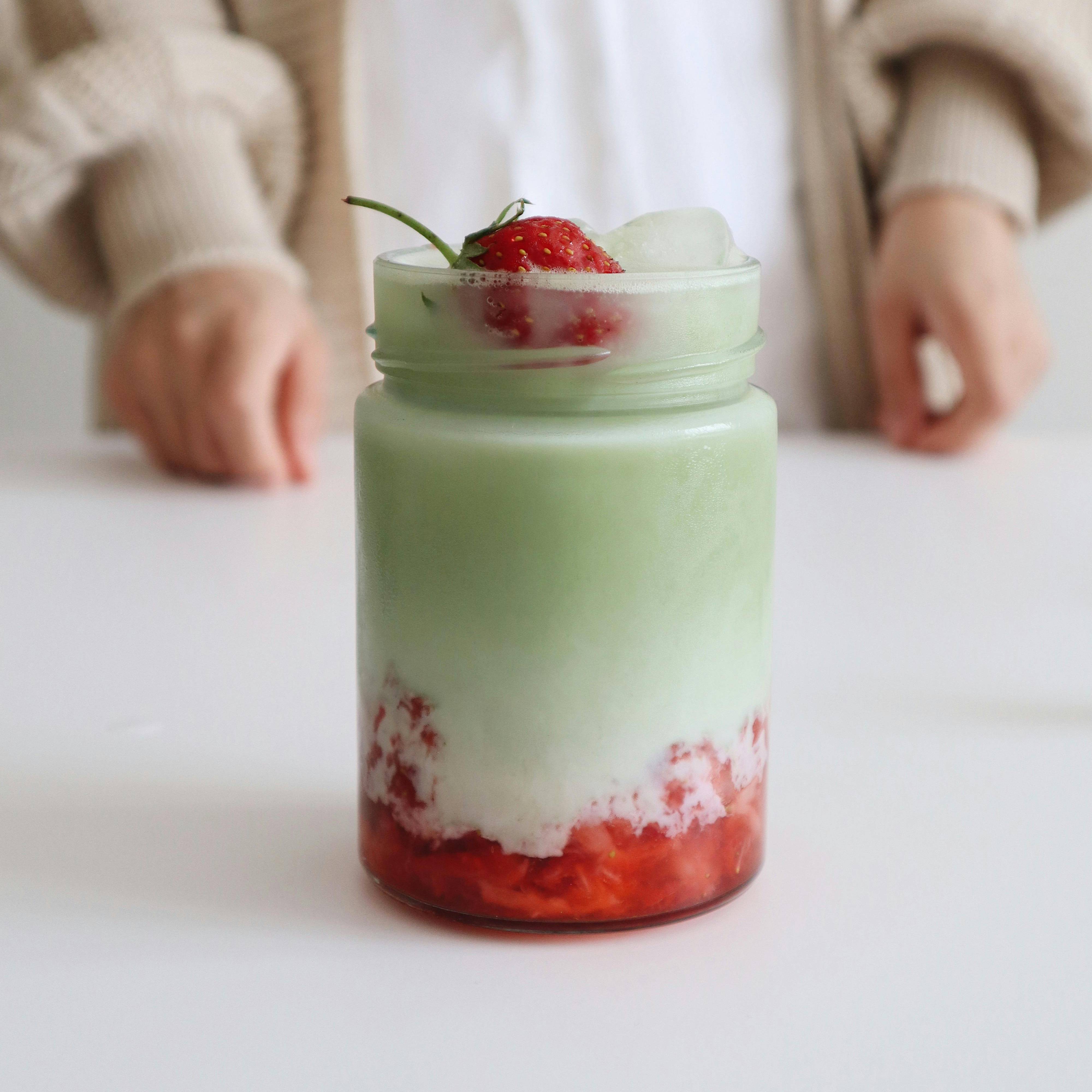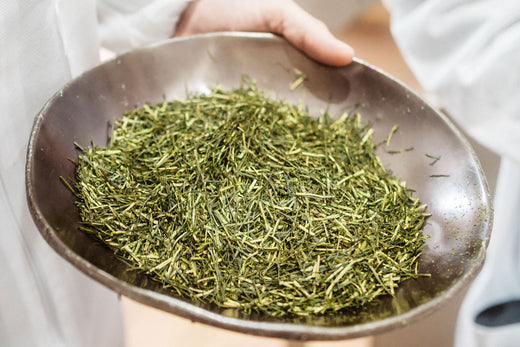Did you know that green tea is the world’s largest tea family? With incredible diversity and worldwide popularity, this delicious variety offers a unique story in every cup! In this article, we will take you on a journey into the world of the "king of green teas" — Longjing tea. Known as a symbol of Chinese tea culture, it proudly ranks among the top 10 most famous teas in the world. Discover what makes this tea hold such prestige and the enchanting legends surrounding it.
A Cup of Longjing: Imperial Delight
Longjing tea impresses with its rich, full-bodied flavor. A pleasant sweetness, combined with a balance of vegetal and nutty notes, makes it a unique taste experience. Each sip delivers a deep, complex enjoyment that even Chinese emperors once treasured.
The best Longjing teas come from the first spring harvest, the First Flush. At this time of year, the tea plant awakens from its winter rest and the first young leaves begin to sprout. To preserve these delicate shoots, they are carefully hand-picked. After being left to dry briefly, the leaves undergo the distinctive Longjing production process: they are pan-fired in woks where they are pressed against the sides. This gives them their characteristic flat “sword” shape and distinct roasted aroma.

From a Small Chinese Village to the Wide World
Longjing tea originates from a small village of the same name in Zhejiang Province, near the famous West Lake in Hangzhou. For centuries, this variety has been a staple of Chinese tea culture and has significantly influenced the country's tea history. According to legend, an emperor fell in love with the tea's aroma while traveling through the region and promptly declared it the imperial tea. This not only elevated Longjing’s status but also made it a symbol of prosperity and exclusivity. Today, only tea from this region can be called "Longjing," but due to high international demand, many counterfeits exist.
Zhejiang Province: The Home of Longjing Tea
Zhejiang, the home of Longjing tea, offers ideal conditions for tea cultivation. A mild climate with ample rainfall provides the tea plants with everything they need. The exact origin of this tea lies in the small village of Longjing, where nearly all villagers earn their livelihood by producing tea. It's said that Chinese tea cultivation began here when a famous monk brought a tea tree during the Song Dynasty (960-1279), which thrived and significantly shaped the history of the village.

Mystical Legend: How Dragon Well Tea Got Its Name
The birthplace of Longjing tea is the village of the same name, also known as "Dragon Well Village" due to local folklore about a mythical dragon residing in the mountains near Hangzhou. As a faithful guardian of the tea plants, this dragon ensured ideal conditions for the tea farmers.
Legend has it that the dragon would rise to the skies to bring rain, which he collected in a mysterious well. The tea farmers believed that the tea grown near this well was particularly noble and flavorful. This well, later named "Dragon Well," symbolizes the outstanding quality of Longjing tea that continues to captivate tea enthusiasts worldwide.
From Field to Cup: Crafting a Green Icon
Creating Longjing tea is an artisanal process that showcases the special skills of experienced tea masters, earning it a reputation as one of the world’s most prized green teas. At daybreak, the tender buds are meticulously hand-picked, focusing on the pristine new shoots of two leaves and a bud. Ensuring the leaves remain intact is critical; any damage can lead to quick oxidation and alter their color.

The art of leaf selection requires a practiced hand, but the subsequent steps are equally intricate and call for extensive expertise. Once the leaves are spread out on large trays to dry, they undergo the vital "stir-drying" roasting process. Depending on the tea master's method, the leaves may be set aside to cool before being roasted again. Traditionally hand-crafted, this stage is now often supplemented by machines. Achieving the perfect temperature is essential—if too low, moisture remains trapped; if too high, the leaves risk darkening excessively.
Exclusivity in a Cup: How to Prepare It
To fully appreciate the aroma of your Longjing tea, it is essential to prepare it properly. It is best to brew your tea with water that is not boiling hot: 75 to 80 degrees Celsius is ideal. A short steeping time of 1 minute and 30 seconds will unlock the tea’s wonderfully delicate and diverse aromas without turning bitter.
At its origin, Longjing tea is often brewed in glass cups or pots, allowing you to watch the impressive dance of tea leaves during steeping. The Gongfu Cha method is particularly recommended to enhance the tea experience. In this element of Chinese tea culture, multiple infusions from the same leaves are used to gradually discover different flavor facets.

A Sip of Chinese Tea History: Try Longjing at PAPER & TEA
Longjing tea is more than a beverage; it is a piece of Chinese cultural history. Its unique origin, special production, and captivating legends make this green tea an extraordinary celebrity among tea varieties. If you’re curious to experience its taste yourself, we have our IMPERIAL DRAGON for you. Enjoy the fine aromas of this green tea specialty that once delighted emperors.

